Experts agree that keeping track of what you eat is an effective way to lose weight. In fact, studies show that people who track their food intake are more successful at losing weight and keeping it off for good!
>While writing down what you’re eating can help make you aware of your food choices, traditional food diaries can’t tell you what’s in the food you’re eating, how nutritious it is, and whether or not your choices are helping or harming your weight loss efforts.
Noom addresses this dilemma.
Our food logging feature gives users the ability to browse and compare nutrition information countless foods and beverages, track their food intake, and get personalized feedback on the healthfulness of their food choices — all at the tip of their fingers.
It allows users to keep track of their food intake at the simple tap of a finger, keep everything in one place, and take a nutritionist in their pocket to make healthy choices wherever they go.
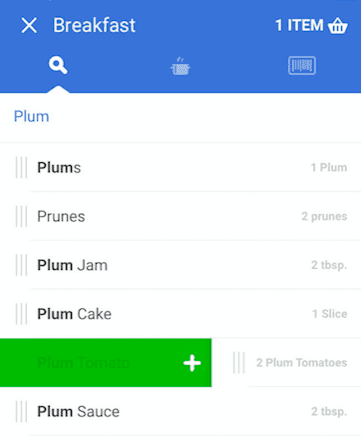
Food logging is one of Noom’s core features and we pride ourselves on having the most expansive and reliable food database available.
New foods are regularly added to our database every day and we look to reliable government sources, such as the USDA’s food database, or directly consulting the nutrition labels of packaged foods to provide our users with the most accurate information.
But there are a lot of databases out there that offer this feature, so what makes Noom’s food database different?
1. Our in house team of experts
Some food databases out there allow just about anyone to add nutrition information to the database.
Noom, on the other hand, has a team of nutritionists and registered dietitians who oversee our food database.
We work hard everyday to increase the size, accuracy, and overall quality of our database to make sure that our users get the most out of their logging experience.
2. Practical and convenient logging options
When you log a food in Noom, you have a variety of portion sizes to choose from.
While some databases only include ‘cups’ or ‘grams,’ Noom offers several more convenient options because we know that you don’t always have a measuring cup or scale and we want to make the food logging experience as easy as can be.
We’ve also created our own standardized sizes for common dishes by working with our users and our internal experts.
Now, when you’re logging something like strawberries, you can log the number of strawberries, small bowls, or handfuls you ate with the help of a food logging guide that includes visuals like these:
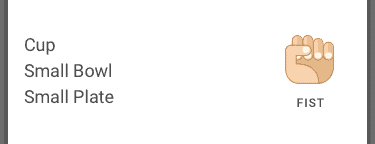
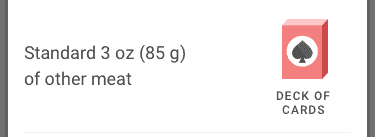
For those who would want to log a specific recipe, we also have a “custom dish” feature that lets users quickly log their favorite recipes or go-to meals!
3. The size of our database
Noom’s food database is the most reliable, comprehensive food database in the world.
When logging food, users can find over 3.7 million options to choose from that will let them choose foods and portions sizes that make sense to them.
Users can also search for nearly 200,000 food items by simply scanning the barcode or look up the meals at over 850 restaurants and chains. Not to mention, users can also get inspired with one of many healthy recipes ideas:

4. We listen to our users…
Users are given the opportunity to suggest foods items that they know and love — and we listen.
Each week we add hundreds of new food items to our database to help our users log with the greatest accuracy.
We also work closely with our users to help improve our food logging feature to help create a seamless experience!
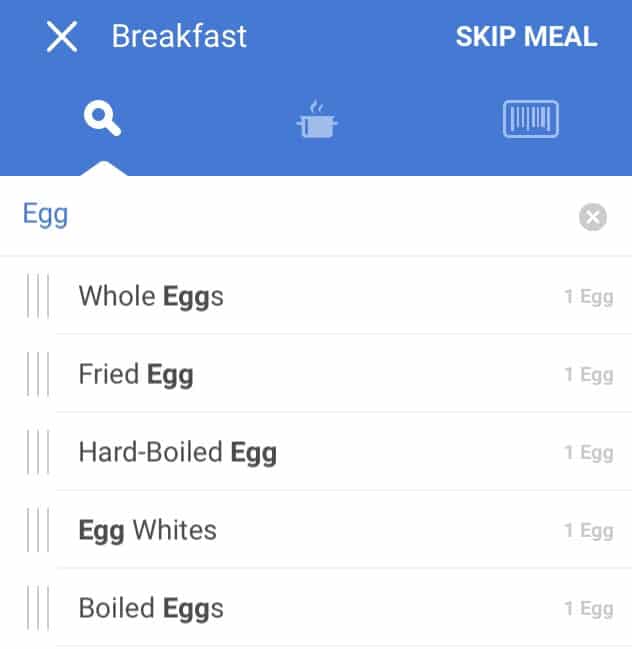
5. And give personalized feedback too!
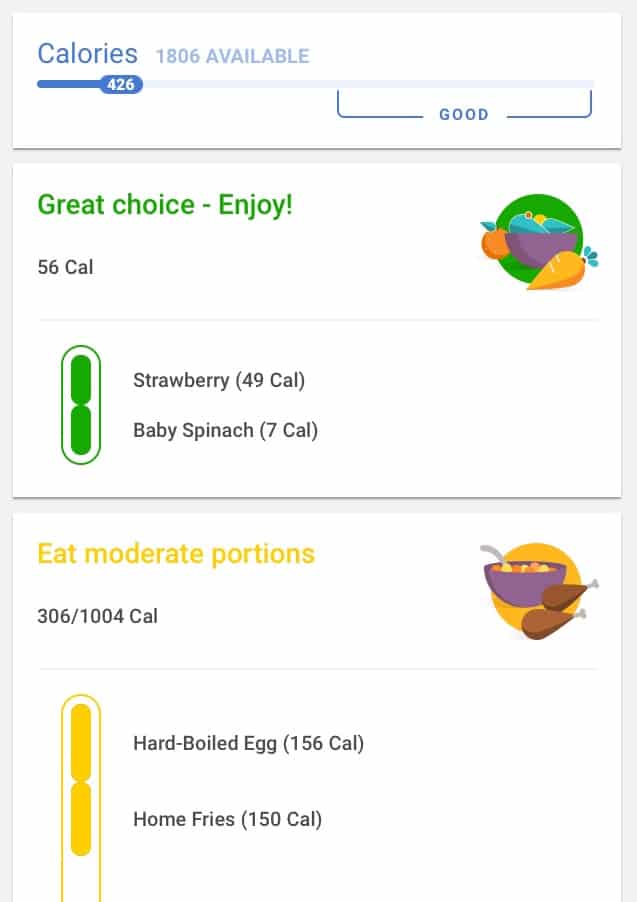
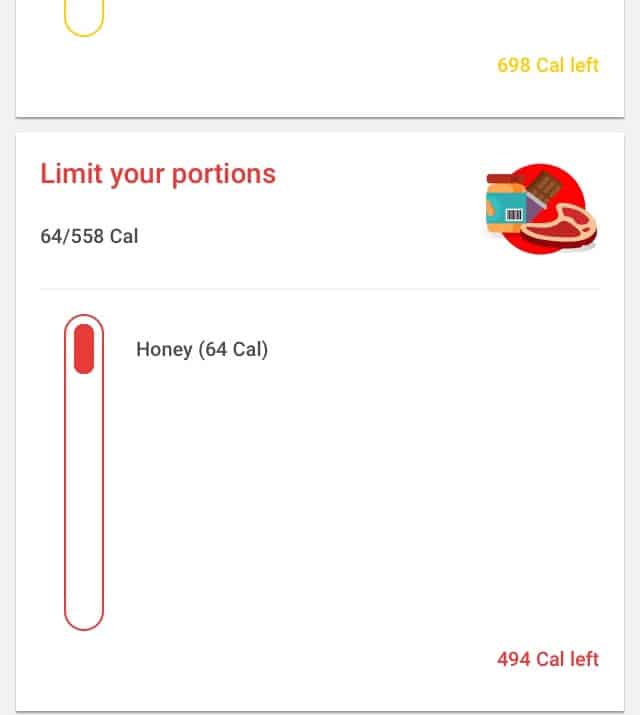
The color system is unique to Noom’s food logging feature.
Each food in our database is assigned a color: green, yellow, or red.
This system was designed on the principles of volumetrics—a scientifically proven way to lose weight and keep it off!
Foods are assigned colors based on their calorie density (calories per weight) and the proportion of healthy nutrients they contain to help the user understand foods they should eat more of and limit.
This feedback helps users make healthier food choices in real-time and gives them guidance to help improve their meals in the future.
Better yet, the color system is tailored to the specific program a user is in so that they can make the best choices for them!
For example, the color system in Noom’s Healthy Weight program focuses on calorie-density (which is key to achieving weight loss), while the color system in our Diabetes Management program also place an emphasis on carbohydrate-density (a very important part of managing this condition!).
Deciding to log is certainly a great step first step to take in your weight loss journey.
In fact, our latest study showed that 78% of people who logged their food regularly were able to lose weight and keep it off long-term.
If you’d like to lose weight yourself, click here to learn how you can achieve similar weight loss with a Noom course.
If you’re an employer, click here to learn how Noom’s Diabetes Prevention, Hypertension Prevention, Diabetes Management, Hypertension Management, and Co-Morbid programs can improve the health of your employee population.
Why you can trust us
At Noom, we’re committed to providing health information that’s grounded in reliable science and expert review. Our content is created with the support of qualified professionals and based on well-established research from trusted medical and scientific organizations. Learn more about the experts behind our content on our Health Expert Team page.

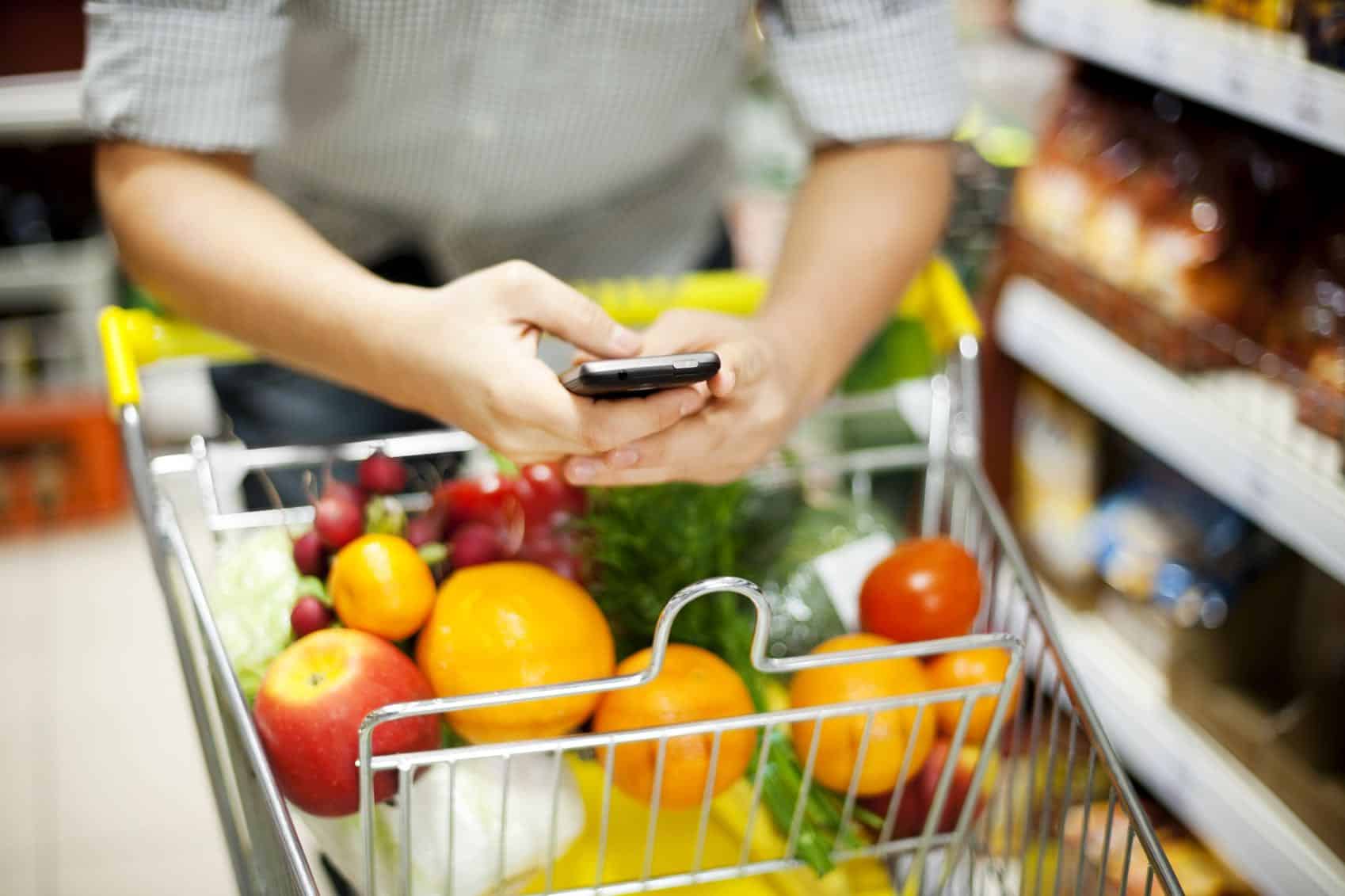

 Noom Team
Noom Team

 Shoshana Fishbein
Shoshana Fishbein
 Melissa Kay
Melissa Kay

